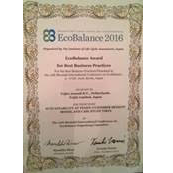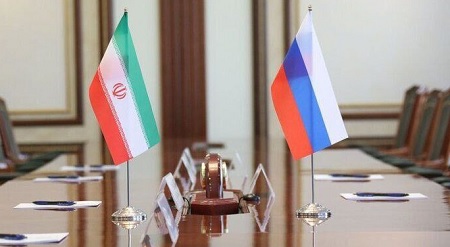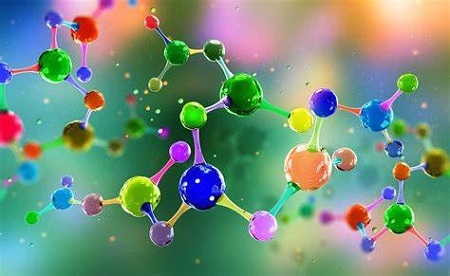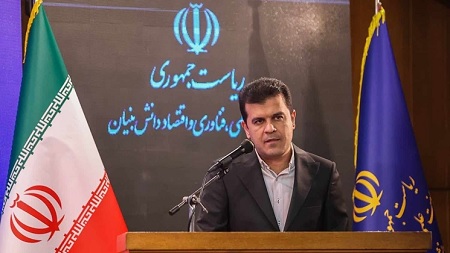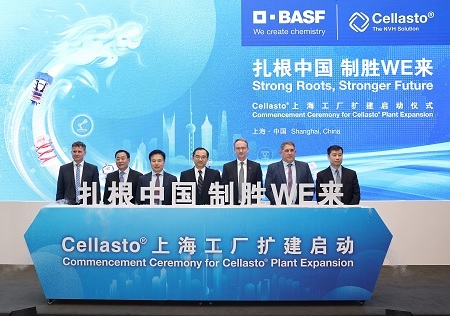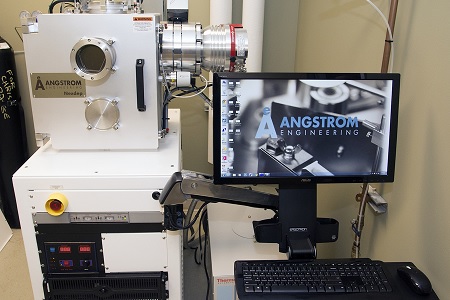Arnhem, the Netherlands, October 17, 2016 – Teijin has been honored with the EcoBalance Award for Best Business Practices at the 12th Biennial International Conference on EcoBalance in Kyoto for its Customer Benefit Model. This model makes it possible to show the intrinsic sustainable character of aramid in its function, providing a clear picture of the potential benefits across the entire value chain.

The EcoBalance Award for Best Business Practices honors the most outstanding practices in terms of scientific value and significance, as well as the practical significance of studies in business. The jury of the EcoBalance conference recognized the practical significance of Teijin Aramid’s Customer Benefit Model in business and as decision support. “The Customer Benefit Model of Teijin Aramid really supports sustainable decision making and communication in a reliable way and justifies sustainable business cases,” says Martin Baitz, member of the jury at the 12th Biennial International Conference on EcoBalance in Kyoto and Director of Thinkstep. “Teijin defined a function-related Customer Benefit Model over the life cycle and commissioned established verifiers to enable double checking. This enables them to identify hotspots, allowing suppliers and customers to focus on the relevant aspects without running the risk of greenwashing or ignoring aspects.”
With the tire case as an example of the Customer Benefit Model, Teijin presented the possibility to create a win-win situation for both tire manufacturers and customers/end users when reinforcement of the carcass of a tire is performed with an aramid/PET hybrid. Heidi Beers, eco efficiency specialist from Teijin Aramid: “Comparison of the function over the total value chain leads to fair comparisons. If you only compare the impact (eco profile) per kg of reinforcement material, you can draw the wrong conclusions. Functional thinking takes the whole life cycle into account. This approach is embedded in our TUV-certified Customer Benefit Model.” A reinforcement of the tire carcass with an aramid/PET hybrid is 33% better for the environment and is significantly cheaper than a carcass with rayon.
Teijin Aramid uses eco efficiency models to quantify the environmental value of applying aramid in applications. These models are translated into the ‘Customer Benefit Model’, which has been co-developed with Ecomatters, making it possible to calculate Twaron’s real contribution in a specific solution. The Customer Benefit Model provides a clear picture of the potential benefits – both financial and ecological – across the entire value chain.
Eco Efficiency at Teijin Aramid started in 2008 by building a network of sustainability frontrunners from universities and the industry. This soon led to several pilots together with BASF and Utrecht University. The development started by using the financial and ecological added value of eco efficiency to support business cases at Teijin Aramid. This gradually led to the development of the Teijin-specific Customer Benefit Model, which is used within the Teijin Group to showcase the intrinsic sustainable character of, among other things, aramid-reinforced conveyor belts, reinforced thermoplastic pipes and carbon-fiber-reinforced concrete.

